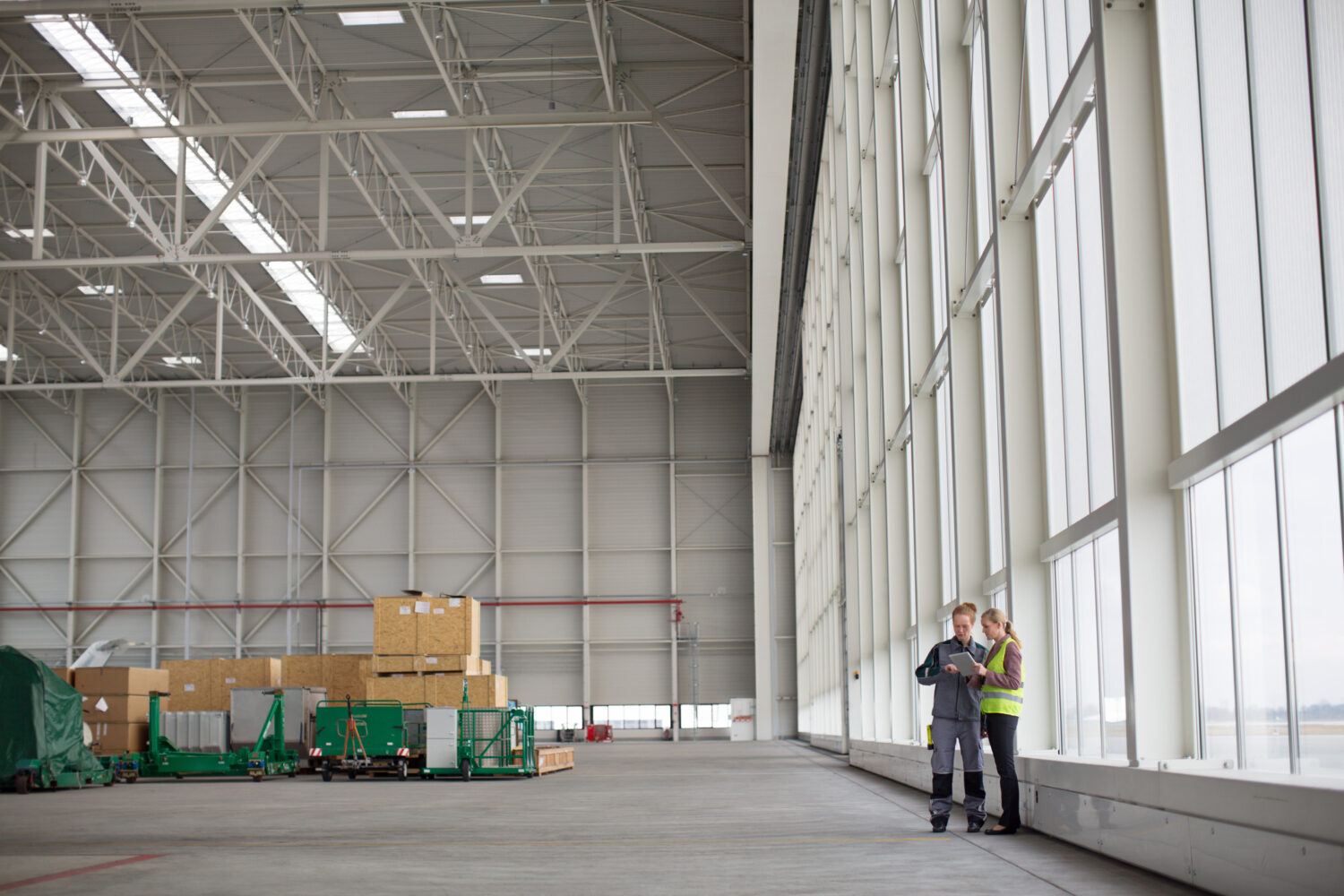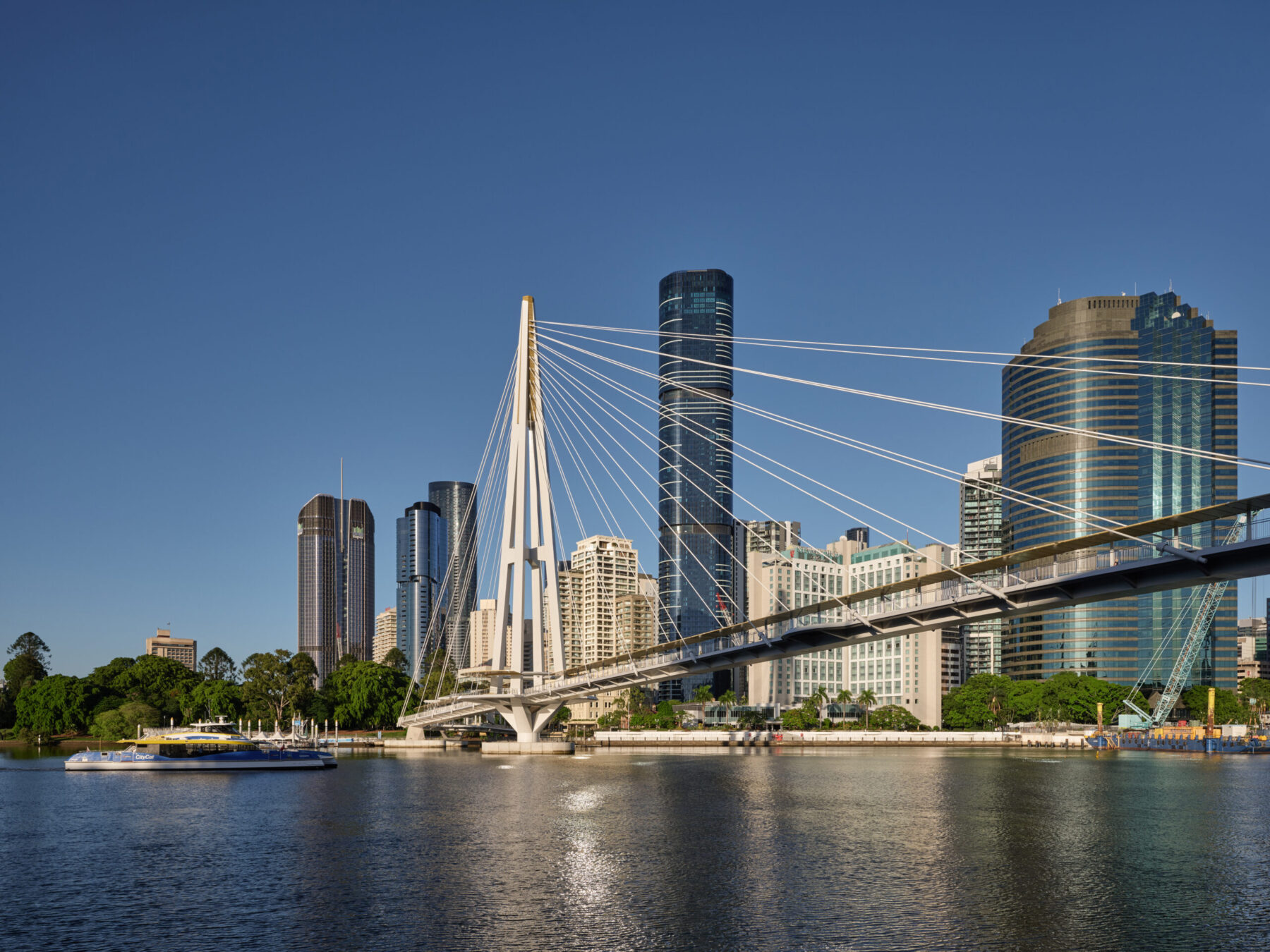
Article by Mr. Kunal Sawhney, CEO , Kalkine.
The Australian property market has been galvanising attention during the pandemic, with house prices beating records and defying the virus-induced economic slump. Moving in tandem with the dwelling values, the Australian rental property market also shifted into higher gear, particularly in regional areas.
A recently released report from CoreLogic showed that the cost of renting in regional markets rose by almost three times as much as capital city markets over the year ending April 2021. The property consultant’s hedonic rental value index demonstrated a surge of 9.6 per cent in regional rents as against an increase of 3.3 per cent in capital cities’ rents during the period.
Good Read: Is the Australian property market moving out of control?
The relocation of Aussies from major cities to regions amid changed lifestyle preferences seems to be putting upward pressure on rental prices in regional areas. At the same time, remote work trends appear to have spurred the demand for rented accommodations in serene places, primarily located in regional areas. Meanwhile, a boost in domestic tourism has been bolstering the demand for short-stay accommodations in the Australian regions.
Rental Vacancy Rates Continue to Plummet
The latest statistics from Australian digital property portal Domain have revealed that Australia’s rental vacancy rates have fallen to pre-pandemic levels. The national rental vacancy rate dropped to 1.7 per cent in May, reaching levels last seen in February 2020.
A similar trend was reflected in SQM Research’s rental vacancy report, which showed a decline in the national rental vacancy rate to 1.8 per cent in May. The result indicates the lowest level of vacancies since October 2012.
While the rental vacancies plummeted across the board last month, the fall was more profound in regional locations amid robust demand and supply constraints for rental properties.
As densely populated suburbs sparked virus concerns and work-from-home arrangements became more mainstream, demand for rental accommodation soared in regional areas. Meanwhile, the end of temporary tenancy COVID-19 moratorium and rent increases encouraged landowners to sell their properties in order to cash-in on sky-high prices. This has fuelled the supply shortage for rental housing.
On the flip side, rental vacancy rates have remained relatively high in capital cities like Sydney and Melbourne amid the loss of international student tenants and unit oversupply. However, one cannot neglect that rental vacancy rates have fallen in capital cities as well in recent months as the pool of available properties fore lease became increasingly small.
In the recently released monetary policy statement, the Reserve Bank of Australia (RBA) highlighted that rental market conditions had continued to tighten outside of Sydney and Melbourne. The central bank sees advertised rents surging rapidly in regional areas and some capital cities.
What the Future Has in Store for Rental Market?
Australia may witness a considerable uptick in rental demand once international border closures are lifted. The demand is more likely to rise in inner-city areas, which were previously popular with students. With the return of normalcy in international migration numbers, the vacancy rates in capital cities are expected to embark on a downward trend in the years ahead.
On the promising side, a return of temporary and permanent migrants may unfurl opportunities for foreign investors to come back into the market.
However, the rental property market in regional areas may encounter difficulties in accommodating returned migrants given the ongoing supply constraints, giving rise to the rental shortage. This may further fuel the cost of renting in regional markets. Building more affordable properties in both regional Australia and major capital cities could ease such rental conditions to a great extent.
In a nutshell, the slack in Australia’s rental property market appears to have nearly evaporated, with the country’s residential vacancy rate now resting at pre-pandemic levels. Looking ahead, the eventual return of international migrants and demand-supply dynamics are expected to chart out the growth trajectory for the rental market.
Mr. Kunal Sawhney, CEO , Kalkine.



